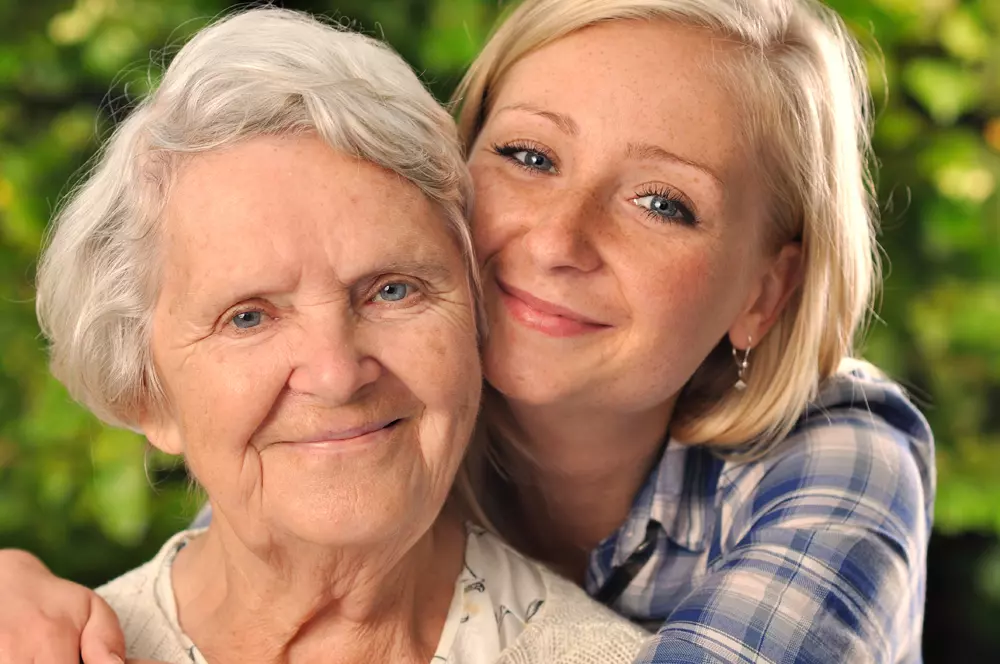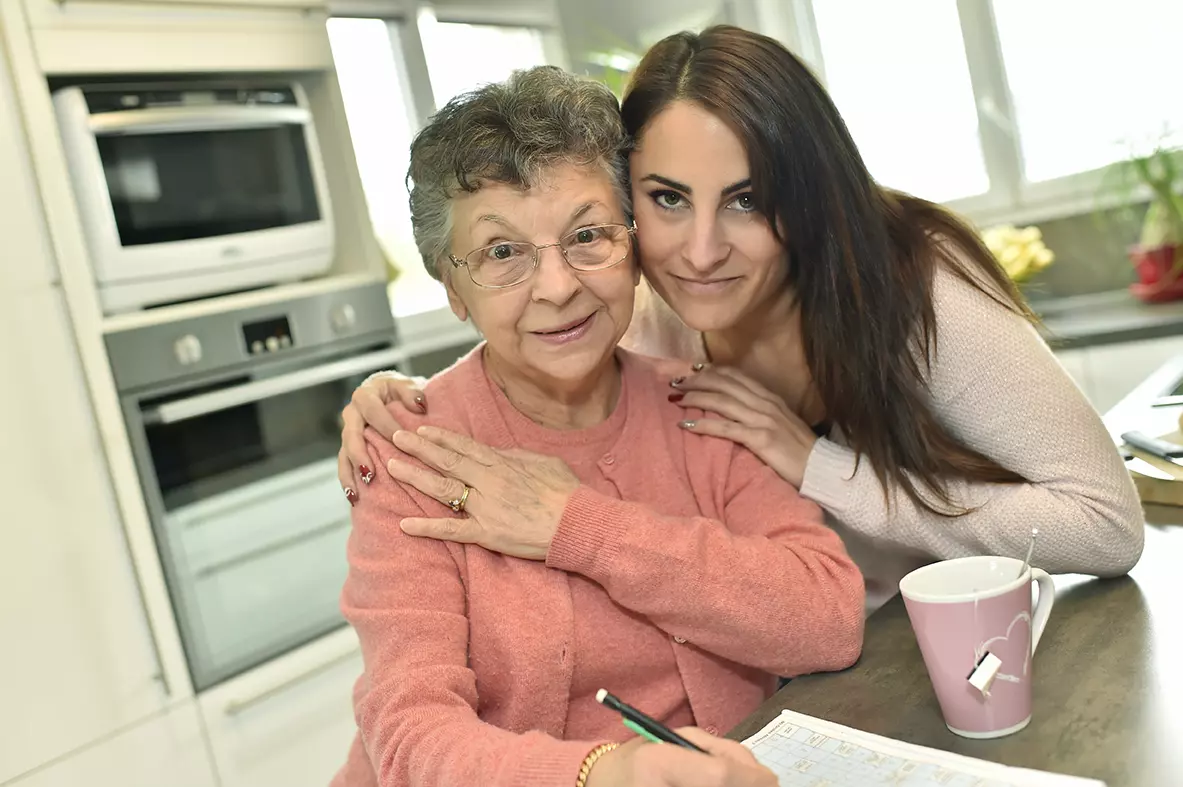
Rheumatoid Arthritis (RA) is an autoimmune disease that primarily affects the joints, leading to pain, inflammation, and potential joint damage. This chronic condition can impact various parts of the body, but there are specific joints that are commonly affected earlier in the disease's progression. In this article, we'll explore which body parts are most commonly affected first by Rheumatoid Arthritis.
Hands and wrists
Find YOUR ideal care home NOW!
One of the hallmark features of Rheumatoid Arthritis is its tendency to affect the small joints of the hands and wrists. In many cases, these joints are the first to show signs of inflammation and pain. Early symptoms often include stiffness in the morning and difficulty with activities that require fine motor skills, like buttoning a shirt or gripping objects.
Feet and ankles
The joints of the feet and ankles are also frequently affected early in Rheumatoid Arthritis. Swelling, tenderness, and pain in these areas can make walking and other weight-bearing activities challenging. Some individuals may notice changes in the shape of their feet, such as the development of bunions.
Knees
Knee joints are commonly targeted by Rheumatoid Arthritis, especially as the disease progresses. The inflammation in the knees can lead to swelling, stiffness, and reduced range of motion. This can be particularly debilitating as it affects mobility and may require the use of assistive devices like knee braces or canes.
Shoulders
The shoulder joints can also be affected, although they are typically not the first to show symptoms. Pain and stiffness in the shoulders can make simple tasks, like reaching for objects on high shelves or combing hair, difficult and uncomfortable.
Elbows
While less common than the other joints mentioned, the elbow joints can also be affected by Rheumatoid Arthritis. Individuals with elbow involvement may experience pain when extending or flexing the arm and may find it challenging to perform activities that require arm movement.
Neck and spine
In some cases, Rheumatoid Arthritis can affect the neck and spine. This can lead to neck pain, limited neck mobility, and discomfort. Spinal involvement is less common but can result in complications if not addressed promptly.
Rheumatoid Arthritis is a complex and unpredictable disease that affects various joints throughout the body. While there is no set pattern for which body parts are affected first, it's common for RA to initially target the small joints of the hands and wrists, followed by the feet, ankles, knees, and, in some cases, the shoulders, elbows, neck, and spine.
Key Symptoms and Impact of Rheumatoid Arthritis
| Symptom | Impact |
|---|---|
| Morning Stiffness | Difficulty moving joints after waking up, especially in the hands, wrists, and knees. |
| Joint Pain | Persistent discomfort that worsens with activity, commonly affecting small joints like those in the hands and feet. |
| Swelling | Inflammation around the joints, making them appear swollen and feel tender, affecting mobility. |
| Reduced Range of Motion | Inability to fully move or bend affected joints, impairing daily activities like walking or reaching for objects. |
Early diagnosis and treatment are crucial in managing Rheumatoid Arthritis effectively. If you or a loved one experience joint pain, stiffness, or swelling, especially in the mentioned body parts, it's essential to consult a healthcare professional for a proper evaluation and diagnosis. Timely intervention can help alleviate symptoms, slow the progression of the disease, and improve the quality of life for individuals living with Rheumatoid Arthritis.
FAQ:
What is Rheumatoid Arthritis (RA)?
RA is a chronic inflammatory disease that affects the joints, particularly the small joints of the hands and wrists, causing pain, swelling, stiffness, and potential long-term damage to the joints.
Which joints are commonly affected by RA?
RA typically affects the small joints of the hands and wrists first, followed by the feet, ankles, knees, shoulders, elbows, neck, and spine.
What are the early symptoms of RA?
Early symptoms often include joint stiffness, especially in the morning, pain in the joints, and difficulty performing fine motor tasks such as buttoning a shirt or gripping objects.
How does RA affect mobility?
RA can cause joint swelling, pain, and stiffness, leading to reduced range of motion and difficulty with walking or performing daily activities that require movement.
Can RA affect joints other than the hands and feet?
Yes, while the hands and feet are often the first to be affected, RA can also impact larger joints such as the knees, shoulders, elbows, and even the neck and spine.
How is RA diagnosed?
RA is diagnosed through a combination of physical exams, medical history, blood tests, and imaging techniques such as X-rays to assess joint damage.
What treatments are available for RA?
Treatment typically involves medications to control inflammation and pain, physical therapy, and in some cases, surgery to correct joint damage. Early intervention is crucial to slow disease progression.
Can RA be prevented?
While RA cannot be prevented, early diagnosis and treatment can help manage symptoms, reduce inflammation, and prevent further joint damage.
How does RA impact daily life?
RA can make it difficult to perform everyday tasks due to joint pain, stiffness, and swelling. Assistive devices and support can help individuals maintain their independence.
What is the outlook for someone with RA?
With early diagnosis and treatment, many individuals with RA can manage their symptoms and maintain a good quality of life. However, long-term management is necessary to prevent joint damage and preserve mobility.
For assistance in finding a care home or facility best suited to your needs, contact Senior Home Plus at 0230 608 0055 or fill out our online form.
Do you need a care home for yourself or your loved one?
Share this article :
Latest posts
You are looking for an establishment for your loved one ?
Get availability & prices
Fill in this form and receive
all the essential information
We would like to inform you of the existence of the opposition list for telephone canvassing.











